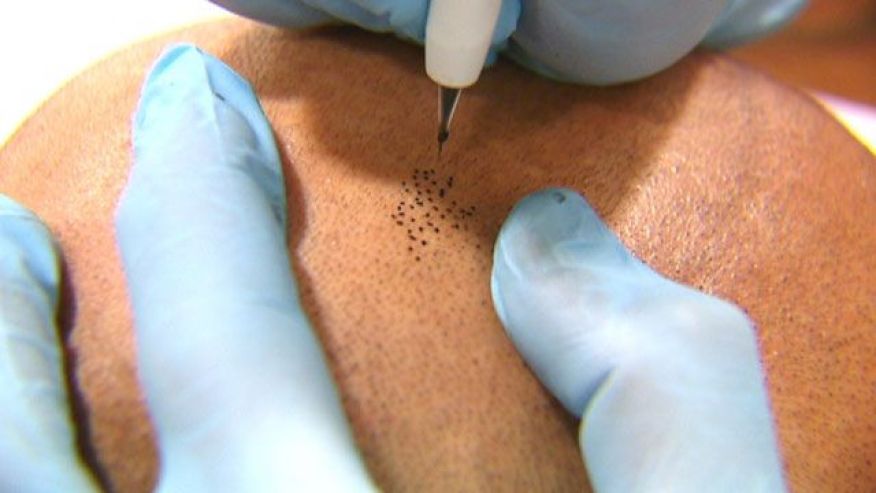
Do you think you’re ready for this jelly?
Researchers at the Scientific Research Center of Yucatán are looking to jellyfish to help produce skin for human implantation. Jellyfish, they found, have a “composition and structure [that] resemble the architecture of human dermic tissue,” according to the study, published in the journal Materials Science and Engineering.
While reportedly developing a way to treat diabetic foot ulcers, researchers discovered that the artificial skin from jellyfish could also be used for human grafts due to burns, surgeries or other injuries.
“There are several methods to design skin substitutes, and all are equally valid,” researcher Nayeli Rodríguez-Fuentes told Fast Company. “However, our proposal is to use a local natural resource. We take nature’s design and apply it to treat wounds.”
What’s the jellyfish’s secret to younger, fuller looking skin?
It’s the composition of their plump, collagen-rich flesh that so closely mimics human skin. Collagen, which gives structure to organisms large and small, has been extracted from mammal species such as cows and pigs. However, the risk of spreading disease associated with such species has prompted scientists to look towards marine life, such as octopuses, sponges, squid and, particularly, jellyfish, which can be easily freeze-dried and used for skin scaffolding, effectively covering the wound and providing structure for dermal reconstruction.
The study involved 100 jellies fished from the Gulf of Mexico. They dunked the bells — the part of the jellyfish where its tentacles are attached — in saline, then hydrogen peroxide, which dehydrated and bleached their flesh. Later, they were incubated in liquid, which proved the jellies were still biocompatible even after 70% cell destruction.
The jellyfish species used in the study were of the upside-down jellyfish (Cassiopea andromeda) variety, which sits on the ocean floor with its tentacles reaching up towards the surface — resembling a sea anemone or plant. Lucas Brotz, a jellyfish scientist at the Institute for Oceans and Fisheries at the University of British Columbia, told Fast Company that these jellies were ideal for this application. Other free-swimming species require more expensive, specialized tanks to farm, and lab-grown jellies are more cost-effective than fishing and shipping them live.
“We believe that obtaining jellyfish scaffolding can be scalable at the industrial level, which is what we are currently developing,” said researcher Rodríguez-Fuentes.
Apart from making ideal skin suits for humans, it was recently discovered that upside-down jellyfish can sting prey with a venom-filled mucus “bomb.” Due to their broad targets, the bombs, filled with stinging cells called nematocytes, are impossible for swimmers in the vicinity to avoid.
[“source=nypost”]



















